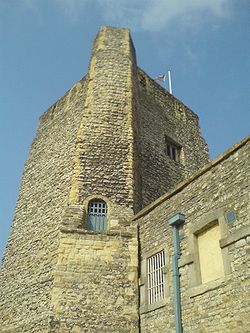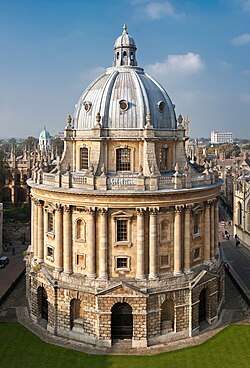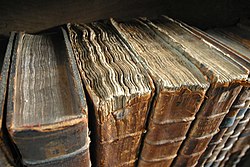| History of England |
|---|
 |
The following is a timeline of the history of the city, university and colleges of Oxford, England.
Contents
- Pre-history
- Recorded history before 12th century
- 12th century
- 13th century
- 14th century
- 15th century
- 16th century
- 17th century
- 18th century
- 19th century
- 20th century
- 21st century
- Births
- Deaths
- See also
- References
- Further reading
- Published before 1800
- Published in the 19th century
- Published in the 20th century
- Published in the 21st century
- External links































